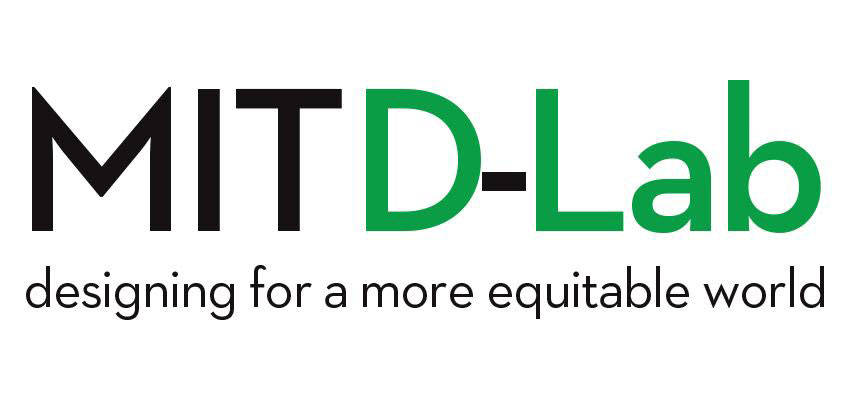
D-Lab Health students have been putting in extra hours at the lab to realize their end of semester projects:
- An electrosurgery device
- A defribilator interface for ambulances
- A multi-patient nebulizer
- A Contraction monitor
- An Anemia Diagnostic Device
Here's a recent post in their project blog:
These are not your children, these are just your ideas
April 15, 2010 in Arianne's Posts
Big Shift: Diagnosing anemia via the palpebral conjunctiva (inner eyelid) instead of the finger.
When we first started the project, Amit introduced us to this amazing thing called the OrSense. It’s non-invasive and is “useful for hematocrit / hemoglobin determination, hidden blood loss monitoring and for anemia screening.”
After watching this product demonstration, I was sold.
What could possibly go wrong with a finger? We already have a platform for a PulseOx, it would be easy. We could make a platform and make it so one could add different components in the future that involve reading blood components by measuring transmittance through the finger.
The first meeting of our team to work on Pugh charts went like this:
Me: “Let’s go with the OrSense!”
Seema: “Wait, wait, wait… Don’t we need to do research first? Find out more about anemia, hemoglobin, CBC (complete blood counts), hematocrit (Hct)….”
——————–
It turns out I don’t like research so much. Jose mentioned two types of people in design processes:
1) Whiteboard fillers. The people who can spend endless amounts of time filling up whiteboards with ideas upon ideas. But might not actually be good implementers.
2) Task-oriented implementers. The people who need a recipe and can bring a design from Step 1 to 10, who will also tend to be quiet in these early stages of design.
(Mental waving of arms) That’s me! The second type!
——————–
Needless to say I wasn’t so warm to the idea with the eye, I wanted to start building something, anything.
It sounded like there needed to be image processing in the review article (mentioned previously). Plus, people are definitely more reluctant to have doctors looking into their eyes and would much rather give their finger for testing. (My most dreaded medical treatment ever is at an optometrist’s office when they test for glaucoma using air-puff tonometry).
Seema was really excited for the eye idea and kept pushing it. It has huge advantages, a thinner, mucosal layer that doesn’t absorb as much as the thick subcutaneous layer of finger, therefore making it much more accurate.
Jose, Amit, Seema, and Kristin met up to discuss (I was to be Skyped in from Wellesley), and it seemed there was a lot of excitement surrounding the diagnosing anemia through the eye. We were given a opthalmoscope to hack, which is fantastic. So we’ll see where we go from here!
So I need to let go of this finger PulseOx idea, and embrace the palpebral conjunctiva.

